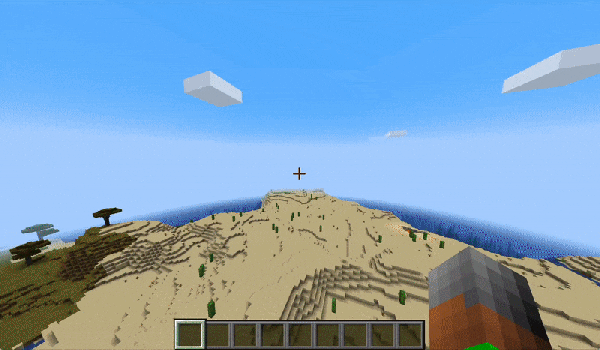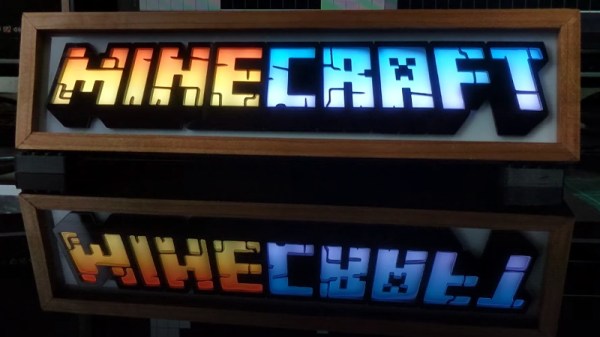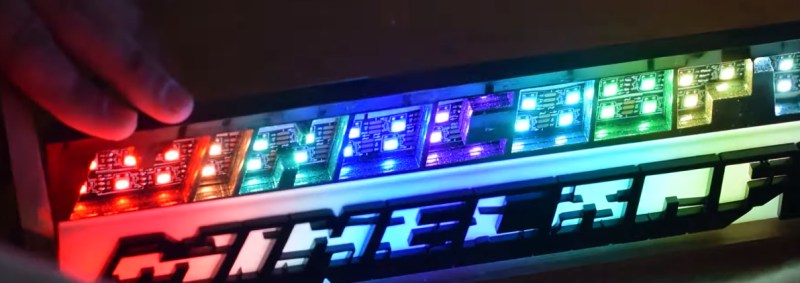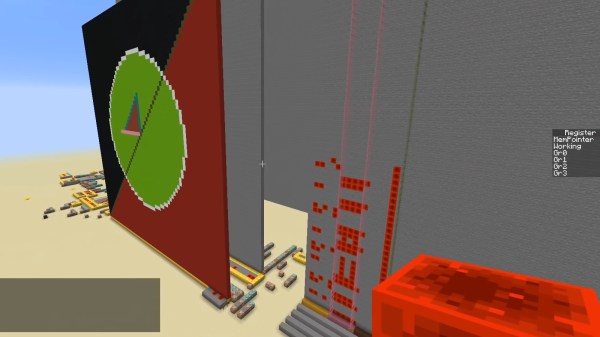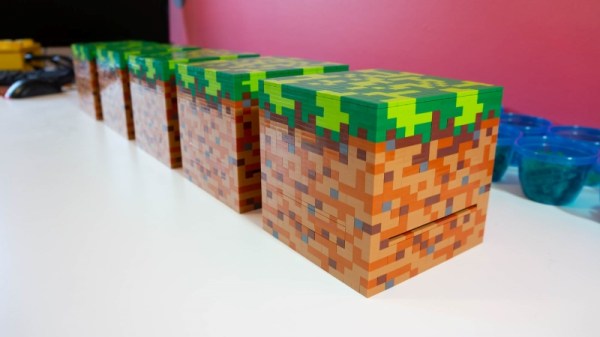Multi-threading was the common go-to technique for extracting more performance from a machine for several years. These days it’s all about horizontal scaling or adding more virtual machines to a pool of workers. The Minecraft server is still stuck in the past in some ways as it supports neither multi-threading nor horizontal scaling. [Jackson Roberts] decided to change all that by hacking Minecraft to support thousands of players rather than dozens.
Since the server is single-threaded, having more than 100 players on a single server can slow it to a crawl. Some mods try to optimize and speed up the existing server but [Jackson] wanted more. An early proof of concept was to slice the world into separate servers, each holding 64×64 chunks (chunks are what Minecraft defines as a 16x256x16 volume of the world). When crossing a boundary, entities such as players and zombies were transferred from one server to another. While workable, the demo had issues such as parts of the world being inaccessible if a server went down. The boundaries were also jarring as you had to reconnect and couldn’t see players outside your server.
Instead of splitting the world, [Jackson] took the approach to split the players and have some backing store for persisting and broadcasting changes. A proxy sits in front of several Minecraft servers, which each have a connection to a WorldQL server (a spatial database based on Postgres). Each server reports the player’s location to the WorldQL server and receives updates for their loaded locations. When a server comes online, it catches up with the changes stored in WorldQL and starts syncing, allowing servers to auto-scale. There are still a few core game mechanics that aren’t quite ready for prime-time such as NPCs and Redstone, but the progress so far is remarkable.
The code for the Minecraft plugin is up on GitHub, but more is coming in the future. So if you’re interested in something a little more vanilla, why not marvel at the completely playable Pokemon Red inside vanilla Minecraft?

